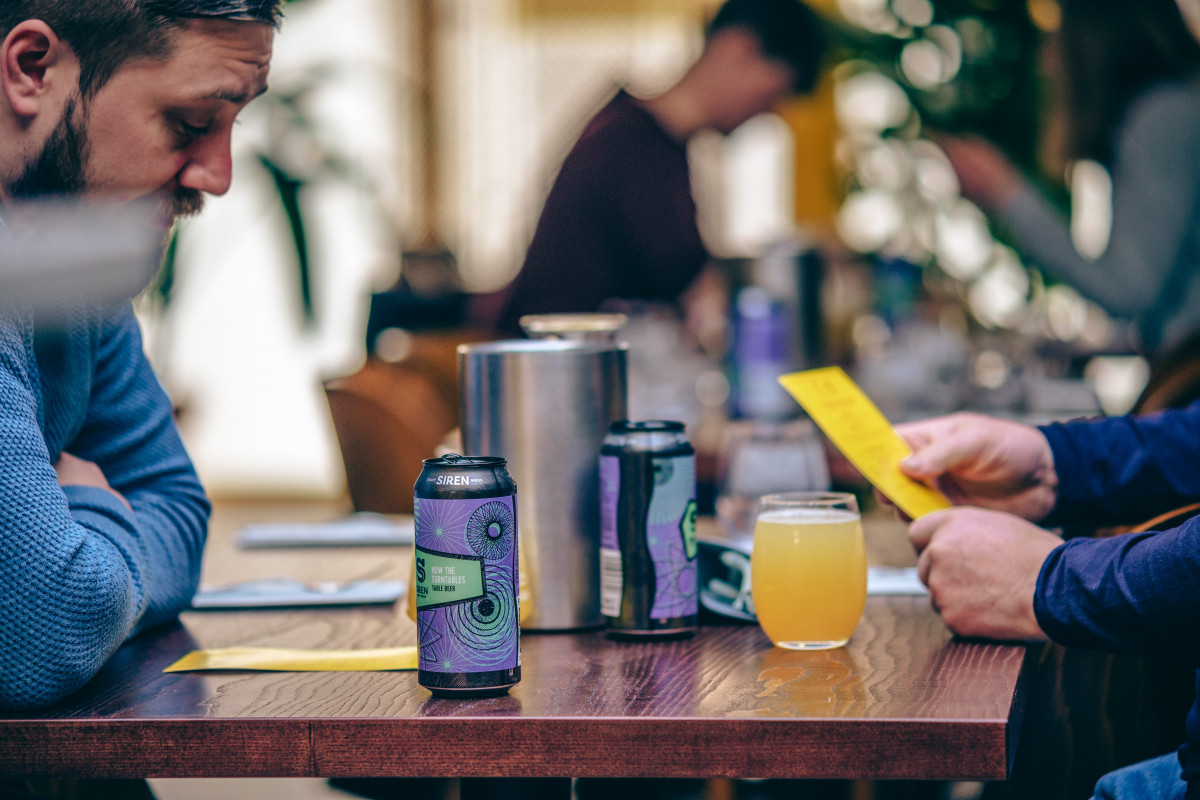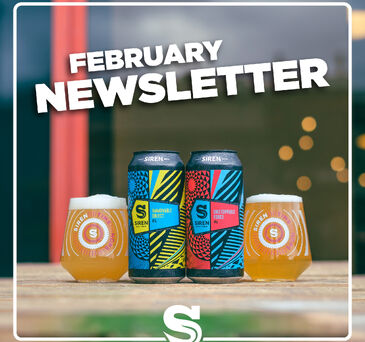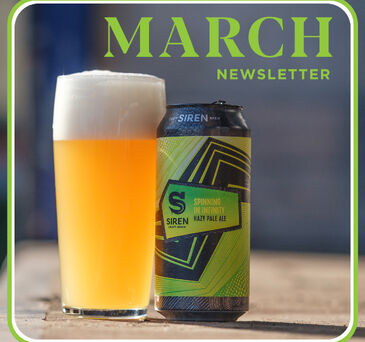But what drives these trends? Sometimes it’s new technologies or research, often it’s driven by a brewer’s love for experimentation. In the case of the trend we’re discussing today, it’s something bigger.
Welcome to the year of the Table Beer.
It’s proposed that this year may see a beer duty benefit to any beer under a 3.5% ABV. Quite simply, that’s going to mean some potential savings on the production of lower alcohol beer. The ability to release a full batch of beer where less of the proceeds go to duty, allows breweries to find some much needed profits, or balance increasing costs elsewhere. At a time when breweries are struggling for survival, and consumers are looking for affordable pints, that’s important.
The timing also seems in keeping with some trends we’re seeing in drinking preferences. Low and no alcohol beers continue to increase in variety, availability and quality, which is great news for those looking for great tasting beer without high alcohol.
Whilst these taxation changes aren’t planned until later in the year, and everything is always a bit up in the air as far as the government goes, we want to be as ahead of things as possible. The table beer we’ve brewed is serving a number of purposes, not just future savings, but also a strive to be making the best beers possible, whatever the ABV.
But first, why Table Beer? Why not Session IPA or Session Pale Ale?
This is a question we’ve asked ourselves, and may continue to ask over the course of the year. One of the reasons we brewed this style now is to have a lower alcohol, but still super tasty offering for the start of the year. Whilst not everyone takes on “Dryanuary”, many of us like to take things a little easier after the holiday period over Christmas.
The term “Session Beer”, whilst a great descriptor for lower abv brews, quite literally implies the idea of session drinking. It’s lower ABV and therefore you can have a few, which is maybe not the way everyone intends to approach the beer.
The origins of Table Beer
The concept of a table beer is believed to have originated in Medieval Europe. At typically under 1%, these beers were literally for the table, for everyone to share - even the kids would enjoy it! They were generally parti-gyle brews. After a stronger beer was made, the grains would be washed with water to create a secondary, or even third brew at lower ABVs. These were known as Table Beers, Small Beers or Small Ales.
Because of the very low alcohol, it was perfectly acceptable for someone to drink several glasses, without the risk of becoming drunk. Some manual workers would drink large quantities as a way to both quench thirst and take on more needed calories for the energy to work. It’s also proposed (albeit debated) that a small beer was a safer way to consume water, which at the time may have carried diseases in its natural form.

In his diary, Samuel Pepys mentions Small Beer several times, and often in similar terms as the extract below. Maybe the “small beer was safer than dirty water” idea mentioned above is somewhat anecdotally debunked by his experiences. From reading his words, we’re sure you’ll agree that it’s a good thing that brewing, and indeed water purification, has come so far…
Drinking of cold small beer here I fell ill, and was forced to go out and vomit, and so was well again and went home by and by to bed. - Sunday 16 March 1661
Eventually, the drinking of tea started to take over from small beer as the go-to drink.
In 18th Century Britain, beer taxes were classified in three categories - Strong (> 4%), Table (2.75% - 4.0%) and Small (< 2.75%). This is probably where the modern definition for Table Beer’s and their strength originates. In 1830, taxes shifted to malts and hops, so the classification of “Table Beer” all but disappeared apart from in some parts of Scotland.
Around the world, the lower alcohol concept is still heartily embraced. In Sweden, you can enjoy Folköl - literally translating as Folk Beer (Or People’s Beer) - which is beer over 2.8% but under 3.5%. Anything above this strength cannot be purchased in supermarkets, only restaurants or the state “Systembolaget” shops.
In Korea, locals enjoy Damsul, or Gamju - a milky rice wine with a typical alcohol content of around 2.0 - 3.0%.
In Australia, a “Light Beer” is anything under 3.5% and they also share the term “Reduced Alcohol” beer with Canada, for beers around 2.2% - 3.2%. The term “Light beer” is also often used around the world, and in the States you may hear the term “Low-Point Beer” or “Three-two Beer”, referring to a beer 3.2% alcohol by weight (around 4.0% ABV).
Modern craft breweries are now returning the Table Beer concept to the British beer markets.
How The Turntables
We started working on this beer in the last quarter of 2022, when government announcements on duty and rates were up in the air and costs started rising. As it happens, in between our first checks on the name and releasing the beer, our friends at Thornbridge and Kees collaborated on a Table Beer of the exact same name - Great minds think alike!
We see a big future for these types of beer, so even before changes in duty and rates, we wanted to start soon and get cracking on some super tasty lower ABV beers.
 During a food pairing at the brand new Clays Kitchen & Bar in Caversham, we asked the gathered crowd for their tasting notes on this beer. The popular results were Citrus, Orange and a couple of nods to watermelon and stone fruits in general. Our crowd clearly had good taste, because Amarillo hops are known for their pronounced Orange citrus, El Dorado should bring notes of tropical fruit, pineapple, mango and watermelon and Citra, of course brings bags of Citrus. Those hops are supported by oats for a silky mouthfeel.
During a food pairing at the brand new Clays Kitchen & Bar in Caversham, we asked the gathered crowd for their tasting notes on this beer. The popular results were Citrus, Orange and a couple of nods to watermelon and stone fruits in general. Our crowd clearly had good taste, because Amarillo hops are known for their pronounced Orange citrus, El Dorado should bring notes of tropical fruit, pineapple, mango and watermelon and Citra, of course brings bags of Citrus. Those hops are supported by oats for a silky mouthfeel.
As beer drinkers, Kernel’s Table Beer is often a beer of choice for the Siren team when out and about. It’s a style we love, and one you’ll see more from us (and others!) throughout the year. As our first ever official Table Beer, we’re really happy with the results. We can’t wait to brew some more.

